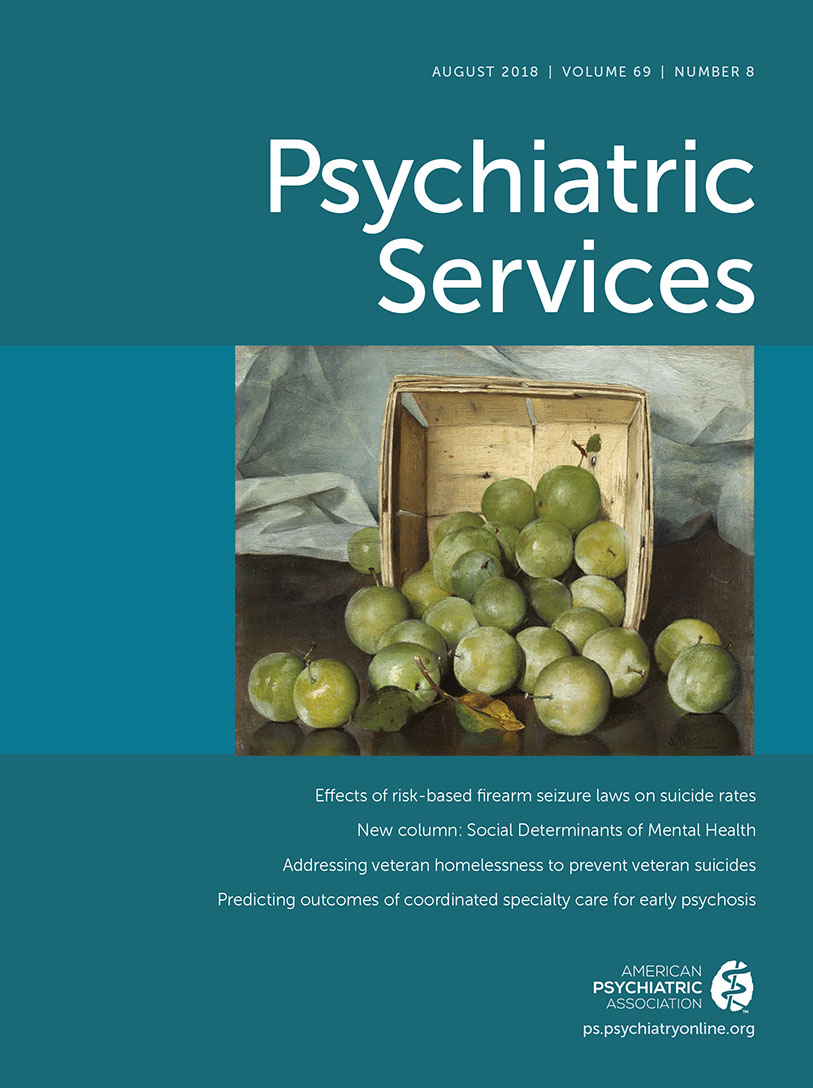A Women’s Health Clinic for a Safety-Net Inpatient Psychiatry Unit: Project PETIT
Although individuals with serious mental illness are widely known to experience disparities in quality of health care, little attention has been given to inequities that women with serious mental illness experience in the receipt of appropriate OB/GYN services. For example, women with serious mental illness are five times less likely than the general population to have up-to-date Pap smears. Despite declining U.S. cervical cancer mortality rates, cervical cancer incidence and mortality among women with serious mental illness are several times higher than rates in the general U.S. population. Further, these women have low rates of mammography, screening and treatment for sexually transmitted infection (STI), contraceptive counseling, and peripartum care. The disparity widens for those women with additional social determinants of poor health.
Despite this population’s obvious need, we are not aware of the integration of women’s health services for women with serious mental illness. Our team sought to address this disparity by developing and piloting a women’s health clinic on our inpatient psychiatry unit at Zuckerberg San Francisco General Hospital, a safety-net hospital. First, we formed a steering committee of stakeholders that included top leadership and champions in psychiatry and OB/GYN departments, frontline staff from multiple disciplines (registered nurses, social workers, and front desk staff), and trainees. We reviewed the strong evidence base from the literature on the need for this pilot, including local data showing that only 25% of women (ages 18–64) admitted to inpatient psychiatry over one week (September 2014) were up-to-date with cervical screenings. Given that an OB/GYN clinic was located in the same hospital, we determined it was feasible to run a satellite clinic on the inpatient unit. The steering committee met monthly to work out aspects of the pilot including admission criteria, referral processes, patient flow, staffing, service provision, documentation, follow-up, and data collection. Our primary outcome measure was the number of women successfully evaluated in the clinic.
We named the project PETIT, for inpatient Psychiatry women’s health Education and Testing Integration Team, and planned for a 12-week pilot. The OB/GYN team, primarily residents who were interested in safety-net populations, offered Pap smears; breast and pelvic exams; STI testing; contraceptive counseling, placement, and removal; and pregnancy care. The clinic took place one half-day per week with four potential appointment slots. We found dedicated treatment room space and ordered appropriate supplies such as speculums, culture swabs, sterile syringes, and a privacy curtain. Any admitted woman, regardless of age, could be referred, but the inpatient psychiatric team assessed appropriateness for clinic referral by taking into account the patient’s mental status, capacity to provide consent, and ability to tolerate the visit. We worked with billing and pharmacy departments to ensure that supplies, such as implantable contraceptives, were stocked and accessible.
The pilot program ran from February through May 2015. Our first patient was a 34-year-old woman with a history of abnormal Pap smears who had not received women’s health care for more than five years. After receiving a Pap smear, STI testing, and contraceptives, she noted, “This is such a great service.”
Over this pilot period, 10 clinics were attended by 15 women, with an average of 1.5 women per week (range=0–4). All patients received general preventive health education; seven received Pap smears; seven were screened and tested for STIs; six received contraceptive counseling, placement, or removal; four received manual breast exams; and two received pregnancy care. At the end of 12 weeks, the departments determined the PETIT clinic would continue because of high interest among patients and educational merit for the residents. In the following three months, another 12 women received services. Although some patients refused services, most of the women who attended voiced their deep appreciation.
The challenges to project implementation included billing, tracking abnormal test results, patient follow-up, launch date delays due to problems with supplies or with resident scheduling, adopting PETIT into the footprint of the inpatient psychiatry and OB/GYN workflow, patient refusal, and high turnover of psychiatric beds. Despite these challenges, Project PETIT proved to be highly sustainable and continues to meet the needs of the most vulnerable women with serious mental illness. Now in operation for more than two years, PETIT sees approximately one to two referred women weekly.
We believe our program to improve women’s health in this vulnerable population could be integrated into other programs, particularly in academic centers that value the training aspect. Whereas our group was particularly interested in access to women’s health care, similar programs could be created to address a variety of health care needs for persons with serious mental illness.



